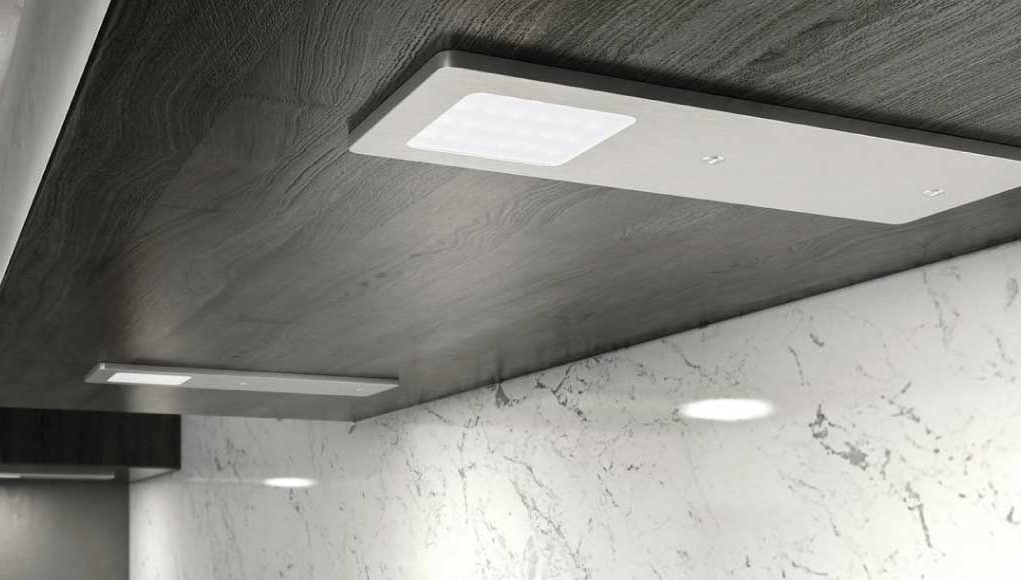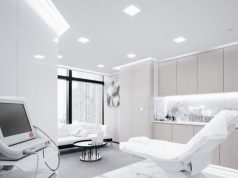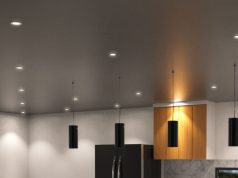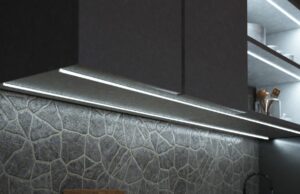Knowing what makes up your lighting fixture will help you determine the best one for your home. It’s like cooking; you can make a delicious meal with the right ingredients and correct procedure. The more high-quality each component is and the more attention you focus on the preparation, the better tasting the food becomes. With lighting, high-grade products can help extend the life of your fitting and make it more potent than the others. Also, with the suitable materials, you get better performance and a safer version that makes you more confident with the lighting solution you have.
Stainless steel, brass, copper and aluminium are some of the commercially used metals to make light fixtures, its parts, and materials. However, which among them are the best material for creating light fixtures? Does it significantly affect your lights?
Aluminium: What makes it the best lighting material?
Among all the others, aluminium has become more popular compared to other metals when it comes to LED lighting construction. Why? Here are some of the key features and benefits that this type of metal can bring to your lights.
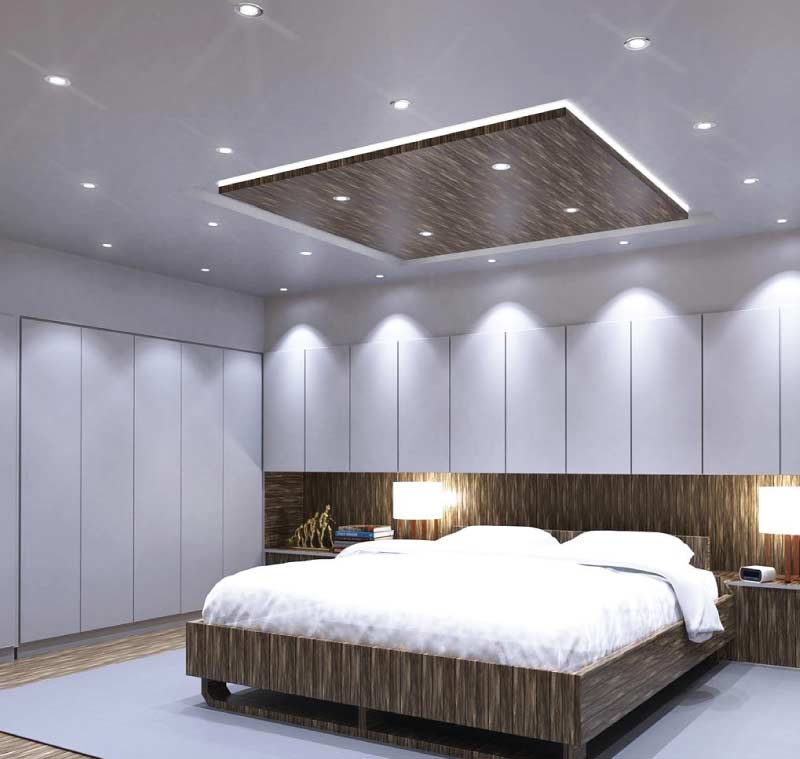
Lightweight
While copper is 8.96 g/cm³ and stainless steel is 7.85 g/cm³, aluminium only weighs 2.7g/cm3, making it an incredibly lightweight material. Because it’s way lighter than the others, it’s easier to transport and mount, keeping the cost of LED down. So, if you’re wondering why some fittings are much more expensive than others, the cost of transportation also plays a part.
Malleable
Aluminium is malleable. This means you can easily shape and bend it into the form you need. It can be moulded nearing the end of the design process, streamlining high-quantity production. With the increase in manufacturing cost, this feature is very beneficial. Now, a larger volume can be produced, eliminating the event of scarcity.
Sturdy
Although aluminium is malleable and relatively easy to manipulate, it is nowhere near being fragile. Once alloy is added, aluminium gives excellent structural support with a weight to strength ratio that is greater than steel. Aside from that, unlike most steel materials, aluminium thrives in a cold environment. The lower the temperature, the sturdier aluminium becomes. So, if you’re planning to buy outdoor lights, aside from the IP rating, check if it’s made from aluminium. If it is, you can expect that your lights will continue to perform well even in the middle of the cold season.
Resists Corrosion
When it’s exposed to air, aluminium instinctively generates a protective oxide that has high corrosion-resistance properties. This makes it suitable for lighting near coastal areas because it becomes resistant to chemicals like chloride and sulphur while electronically insulating. Also, a die-cast aluminium downlight with a high IP rating is perfect for lighting patios, gazebos, and other water-prone areas since it will not rust or tarnish even with sudden weather changes and the constant exposure to liquids.
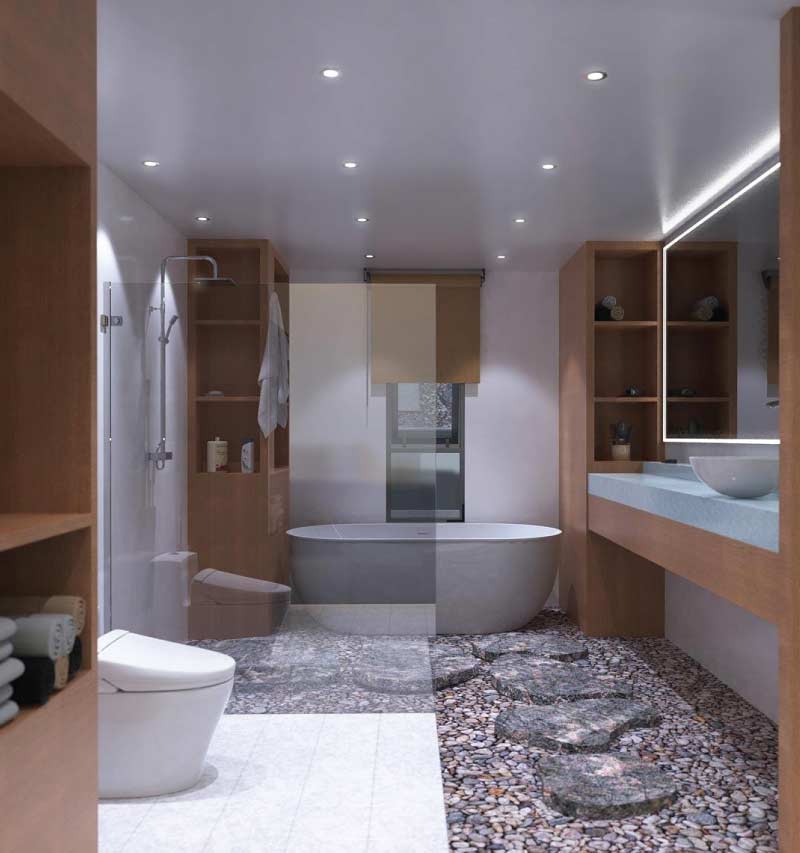
Excellent Heat Management
Heat management is one of the critical factors that may prolong the life expectancy of an LED light. What is heat management? It’s a technology that prevents and reduces the build-up of heat in the LED chips, which can be sensitive to extended exposure to heat. The “management” is accomplished through the composition and design of the lighting fixture’s heat sink. With aluminium heat sinks, heat management becomes more effective and efficient because aluminium is an outstanding thermal conductor.
In addition, deep aluminium dishes can add more material and surface for heat dissipation. So, when you’re buying your LED lights, consider what material the heat sink is made of, how big it is, and how effective it can dissipate the warmth.
Reflectivity
Aluminium has an 80% visible light reflectivity. Besides that, it can also reflect heat. This trait, plus its low weight, makes aluminium an excellent reflector for LED lights.
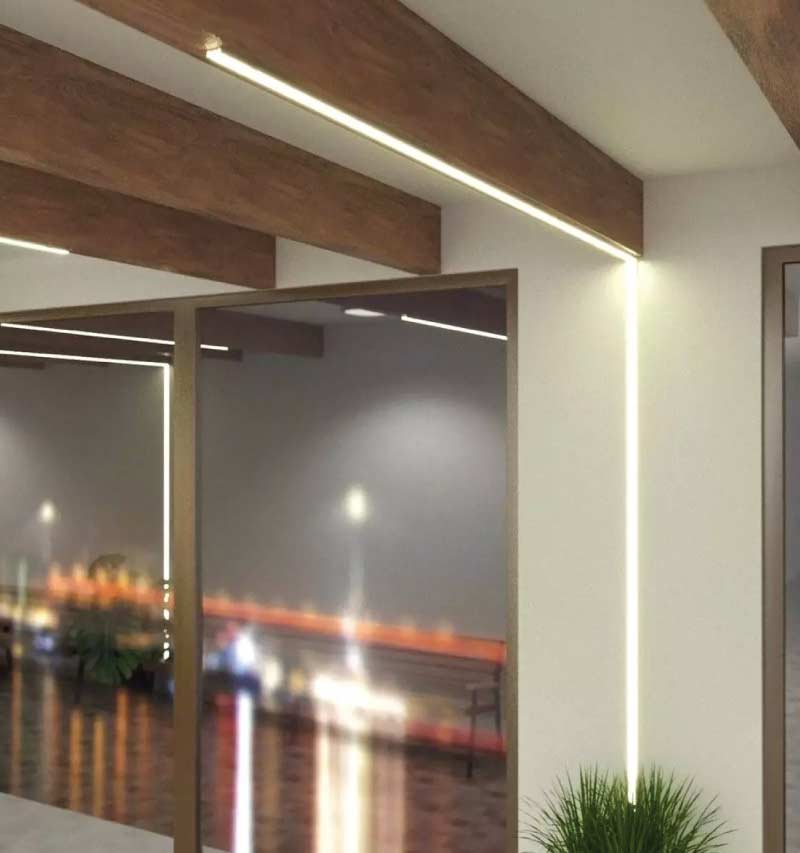
Recyclable
Aluminium is recyclable, so even at their disposal, you can still make use of it in other ways. Unlike other light bulbs that contain toxic chemicals like mercury, LED bulbs are eco-friendly because of their components. Therefore, when it’s time to replace your LED bulbs, don’t just toss them out in the bins. Try looking for ways to recycle and upcycle them. If you really don’t have the time to DIY something, bring them to stores that can recycle them for you!
Cheaper
Aluminium is abundant, and you can find them in different parts of the world. Also, it’s easier to refine than other metals, making it more affordable. Compared to other methods of heat transfer, a PCB made from aluminium is inexpensive. Although heat sinks may be more effective in transferring heat, it’s more expensive to add to the PCB.
While other materials used for LEDs also have their merits, aluminium may be the best in effectively accomplishing the task. So, when reading through the technical specification, check on the materials that make up your lights. This will give you more assurance that the lamps you use in your home are safe, of good quality and effective.
If you’re looking for LED lights that are guaranteed high quality, check out our website, Simple Lighting! We have an extensive collection of various lighting solutions, from fittings like downlights, under cabinet lights and pendant lamps, to accessories like power supplies, dimmers, and sensors.


